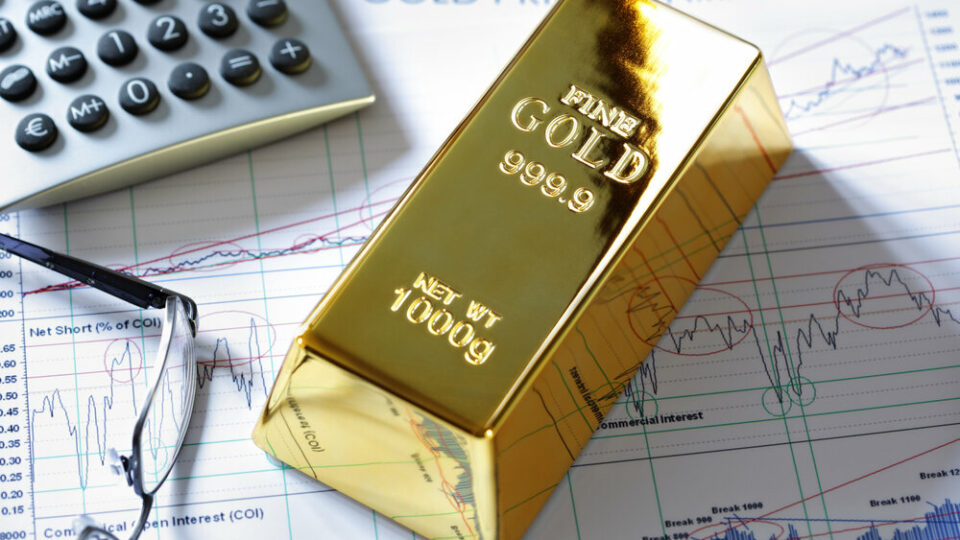When the Fed cuts interest rates this summer, gold and silver stand to absorb billions of dollars as investors redeploy their mountain of cash.
After ballooning M2 money supply by over $6 Trillion during the COVID-19 pandemic, the Fed began aggressively hiking interest rates to combat the highest inflation spike in over 40 years. This has left Americans with the most expensive borrowing costs in over two decades, along with painfully high prices of goods and services.
Inflation fight heats up
CPI has been hotter than expected in 2024, with housing and rent prices leading the charge. At this week’s Federal Reserve meeting, we anticipated Jerome Powell to address growing concerns about sticky inflation.
Instead of taking a hawkish stance, Fed policymakers made it clear they are chomping at the bit to loosen monetary policy. Right now, they project three interest rate cuts this year, starting this summer.
A mountain of cash
In response to rising interest rates, investors have moved a mountain of cash into cash-like investments such as money-market funds.
In the last two years, retail money market funds have grown from $1 Trillion to $1.8 Trillion, nearly double previous peaks. These accounts offer interest rates of 4-5% per year with almost no risk! However, as interest rates decline, investors will seek to deploy their cash reserves.
In this scenario, gold emerges as a promising destination for investment capital. Western investors are notably underallocated to gold, even as the price soared to record highs in recent weeks. As inflation persists, real interest rates (nominal rates minus inflation) will remain very low. This is one of the strongest bullish indicators for gold.
Gold supply dries up as demand rises
Gold’s supply/demand dynamics are also worth noting. The gold market is facing record-high demand in the East (and increasingly, the West) precisely as supply dries up.
According to S&P Global, gold miners discovered 180 major gold deposits (1 million ounces or more) in the 1990s, 140 in the 2000s, 40 in the 2010s, and almost none since 2020. Producers need significantly higher gold prices to incentivize investment in exploration and mining.
If you want an excellent commentary on today’s gold market, we recommend this article from Morgan Lewis: Nowhere to Go but Gold
How to prepare your portfolio for rate cuts
The prospect of falling interest rates combined with persistent inflation underscores the importance of adding precious metals to a broader portfolio mix. Gold and silver markets stand to absorb billions of dollars as investors deploy their mountain of cash reserves in search of returns.
We encourage you to consider adding gold and silver to your Vaulted account before monetary loosening fully kicks in. Gold may play a crucial role in safeguarding your wealth as the economy continues to teeter between a recessionary rock and an inflationary hard place.











